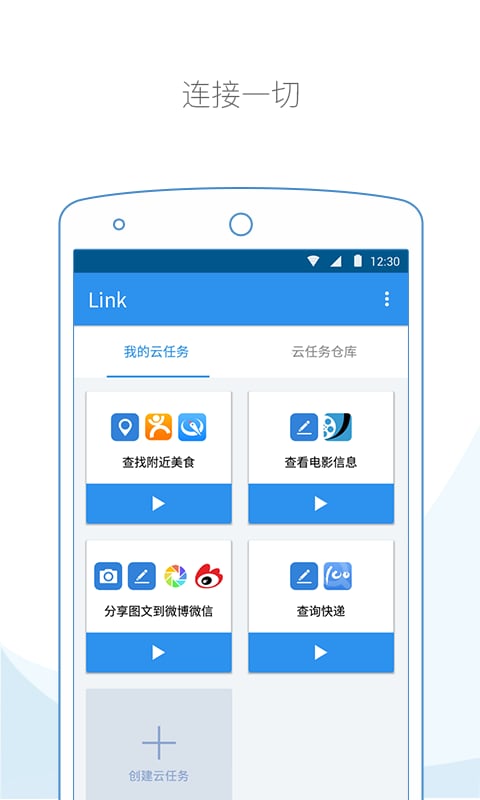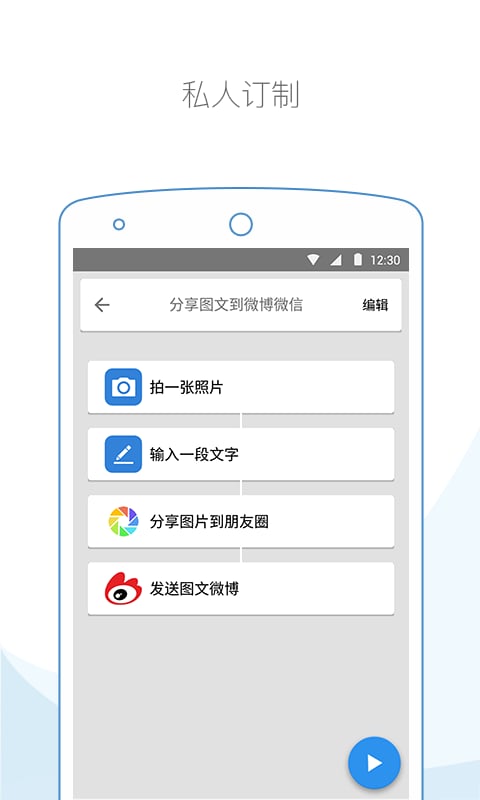Understanding Header Links: A Comprehensive Guide
Header links are an essential component of web design, providing users with a seamless navigation experience. In this article, we will delve into the intricacies of header links, exploring their purpose, types, and best practices for implementation.
What Are Header Links?

Header links, also known as navigation links, are the clickable elements found in the header section of a website. They allow users to navigate through different pages and sections of a website with ease. Header links are typically displayed horizontally across the top of the page and are designed to be easily accessible and visually appealing.
Types of Header Links

There are several types of header links, each serving a unique purpose:
| Type | Description |
|---|---|
| Primary Navigation | These links represent the main sections of a website and are often displayed prominently in the header. Examples include Home, About Us, Services, and Contact. |
| Secondary Navigation | Secondary navigation links provide additional subcategories or related information to the primary navigation links. They are typically displayed in a dropdown menu or a flyout panel. |
| Breadcrumbs | Breadcrumbs are a series of links that show the user’s path through a website. They help users understand their current location and provide an easy way to navigate back to previous pages. |
| Search Bar | The search bar allows users to search for specific content on the website. It is often placed in the header for easy access. |
Best Practices for Header Link Implementation

Implementing header links effectively is crucial for a positive user experience. Here are some best practices to consider:
-
Keep it simple and intuitive: Avoid cluttering the header with too many links. Focus on the most important sections of your website and prioritize them accordingly.
-
Use clear and concise text: Ensure that the link text is easy to read and understand. Avoid using jargon or technical terms that may confuse users.
-
Consistent design: Maintain a consistent design throughout your website, including the header links. This helps users become familiar with the navigation structure and improves their overall experience.
-
Responsive design: Ensure that your header links are responsive and work well on different devices and screen sizes. This is especially important for mobile users.
-
Accessible design: Make sure that your header links are accessible to all users, including those with disabilities. Use appropriate contrast ratios, keyboard navigation, and ARIA attributes to enhance accessibility.
Header Link Examples
Here are some examples of well-designed header links:
Conclusion
Header links play a crucial role in the navigation and user experience of a website. By following best practices and implementing effective design principles, you can create a header link structure that is intuitive, accessible, and visually appealing.



















